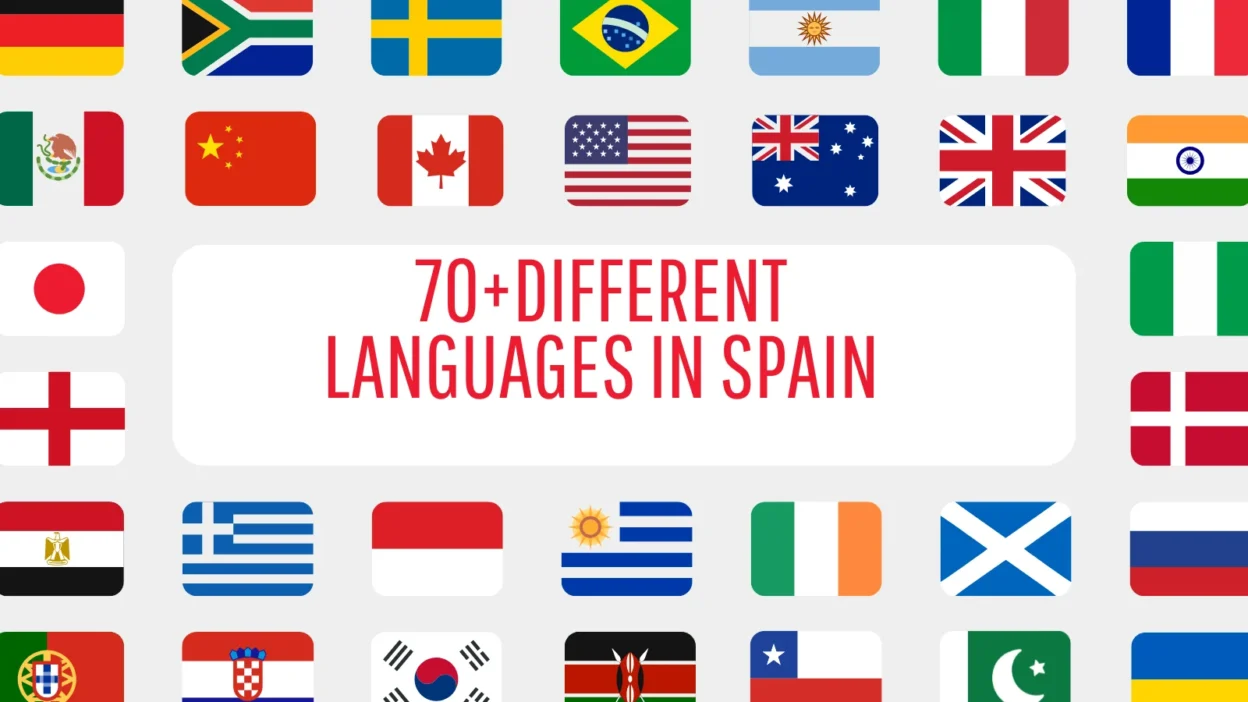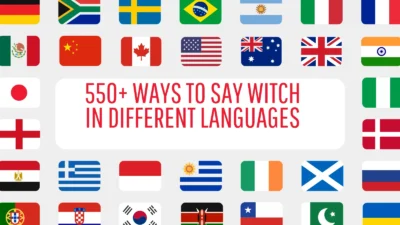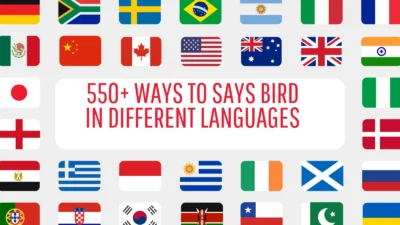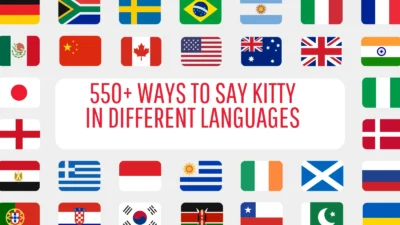When someone searches for “different languages in Spain,” they’re often curious about more than just Spanish. Spain is renowned for its rich cultural tapestry, and language plays a central role in that identity. Whether you’re traveling, studying regional cultures, or just interested in sociolinguistics.
This article will walk you through the major languages spoken in Spain—explaining where they’re used, how many speak them, and why they matter.
Why Are There Multiple Languages in Spain?
Spain is divided into 17 autonomous communities, many with deep historical roots and distinct cultural identities. As a result, several co-official and regional languages are recognized alongside Spanish (Castilian). These languages aren’t just dialects—they’re rich linguistic systems with literature, media, and official use.
Main Languages Spoken in Spain
1. Spanish (Castilian) – 🇪🇸
- Where Spoken: Nationwide
- Speakers: Over 47 million
- Official Status: National and official language
- Fun Fact: It is the second-most spoken language in the world by native speakers.
Example:
Spanish: Hola, ¿cómo estás?
English: Hello, how are you?
2. Catalan – 🇪🇸 (Catalonia, Balearic Islands, Valencia – as Valencian)
- Where Spoken: Catalonia, Balearic Islands, Valencia
- Speakers: Around 10 million
- Official Status: Co-official in these regions
- Fun Fact: Catalan is also spoken in Andorra, parts of France, and Italy.
Example:
Catalan: Bon dia!
English: Good morning!
3. Galician – 🇪🇸 (Galicia)
- Where Spoken: Galicia (northwest Spain)
- Speakers: About 2.5 million
- Official Status: Co-official in Galicia
- Fun Fact: Closely related to Portuguese—both evolved from medieval Galician-Portuguese.
Example:
Galician: Bos días!
English: Good morning!
4. Basque (Euskara) – 🇪🇸 (Basque Country, parts of Navarre)
- Where Spoken: Basque Country and parts of Navarre
- Speakers: Around 750,000
- Official Status: Co-official in Basque Country and parts of Navarre
- Fun Fact: Basque is a language isolate—it’s unrelated to any other known language.
Example:
Basque: Egun on!
English: Good morning!
5. Aranese (Occitan) – 🇪🇸 (Val d’Aran, Catalonia)
- Where Spoken: Val d’Aran (a valley in the Pyrenees, Catalonia)
- Speakers: About 2,800
- Official Status: Co-official in Catalonia
- Fun Fact: Aranese is a dialect of Occitan, a Romance language spoken in southern France.
Example:
Aranese: Bon dia!
English: Good morning!
Minority and Historical Languages
6. Asturleonese (Asturian and Leonese) – 🇪🇸
- Where Spoken: Asturias, León, Zamora
- Speakers: Approximately 100,000–450,000
- Official Status: Protected, but not co-official
- Fun Fact: Asturian has its own grammar, dictionary, and is taught in schools in Asturias.
7. Aragonese – 🇪🇸
- Where Spoken: Northern Aragon
- Speakers: About 10,000–30,000
- Official Status: Protected, not co-official
- Fun Fact: Aragonese is the only surviving Romance language native to the central Pyrenees.
Language Landscape: A Cultural Strength
Spain’s multilingual nature is a core part of its cultural richness. While Spanish unites the country, regional languages express the unique histories, traditions, and identities of its diverse communities.
Conclusion:
No matter where you go in Spain, language is not just a way to communicate—it’s a way to connect with centuries of heritage. Discover the different languages spoken in Spain—from Spanish to Basque, Catalan, Galician, and more—with facts and regional insights.




